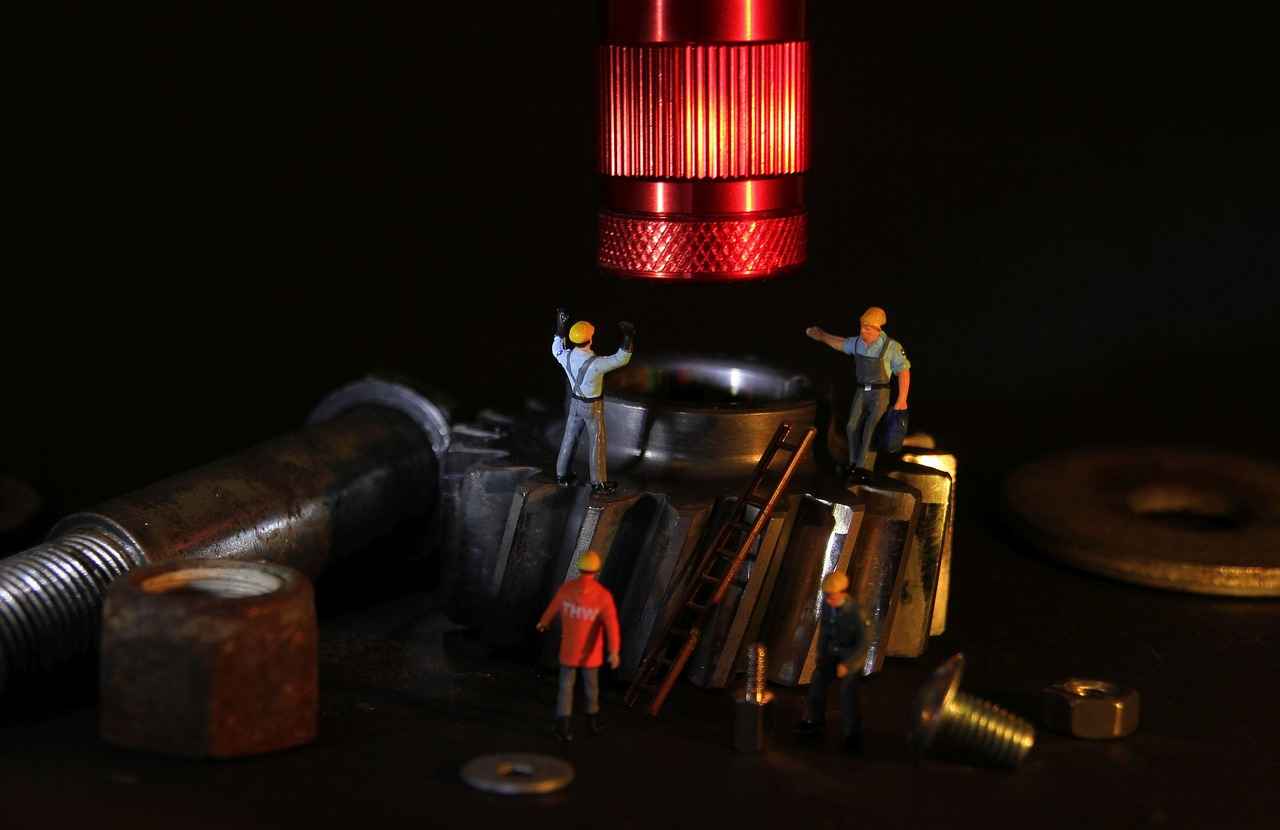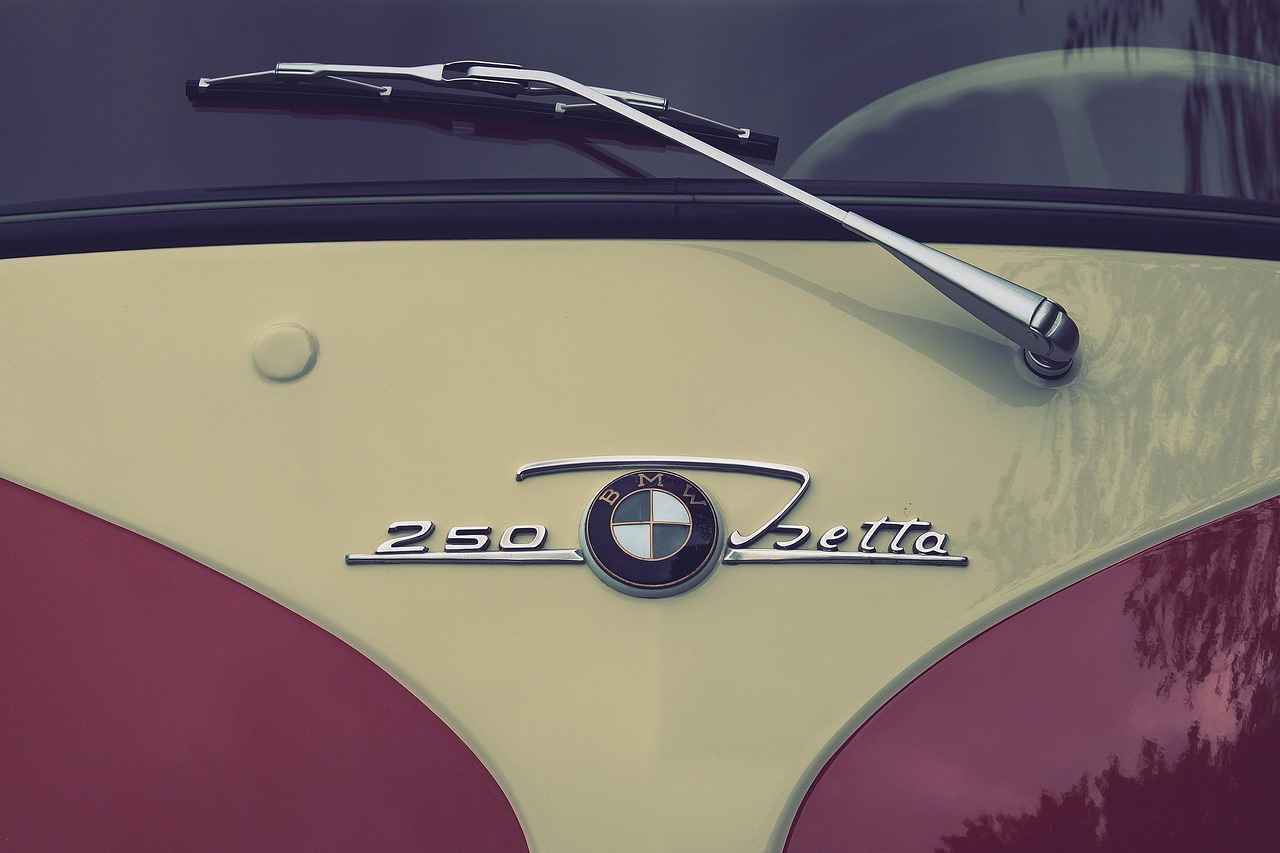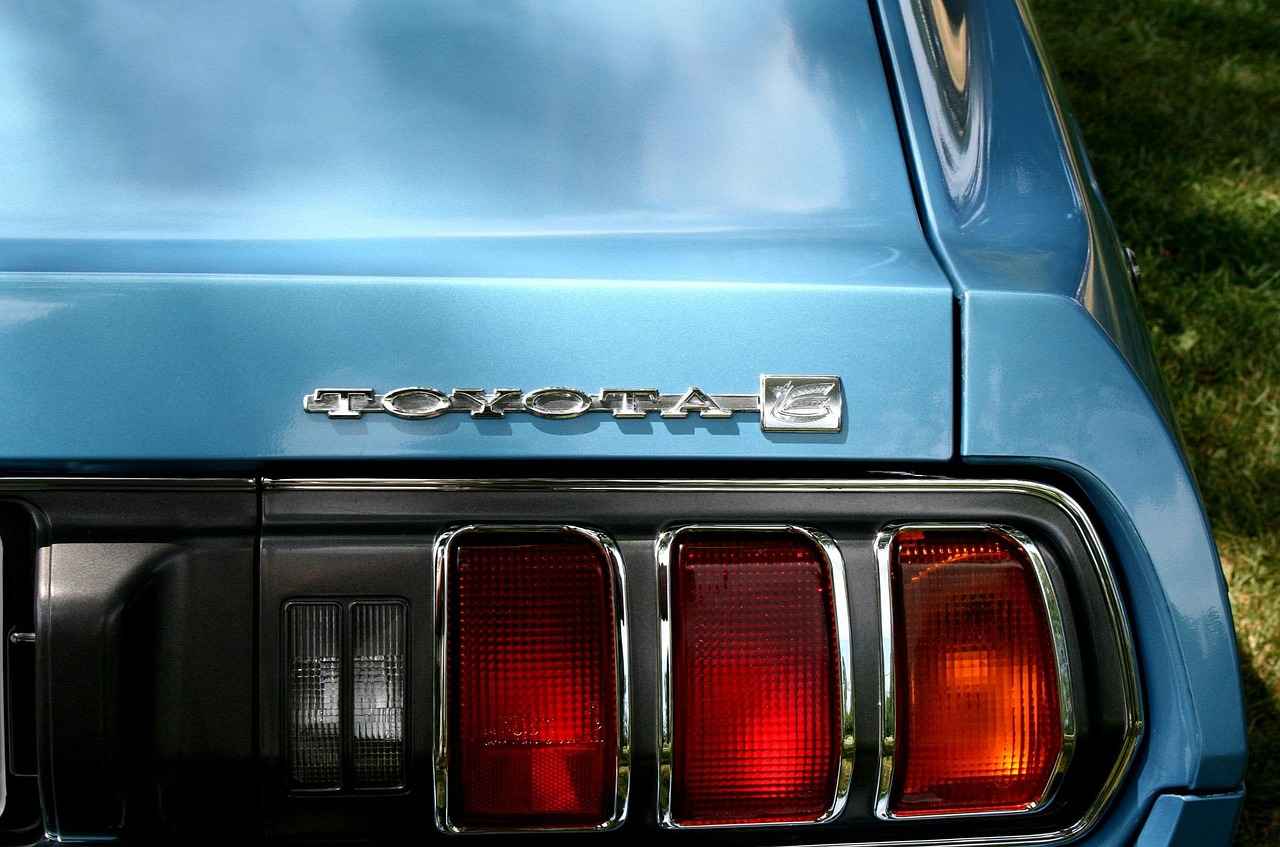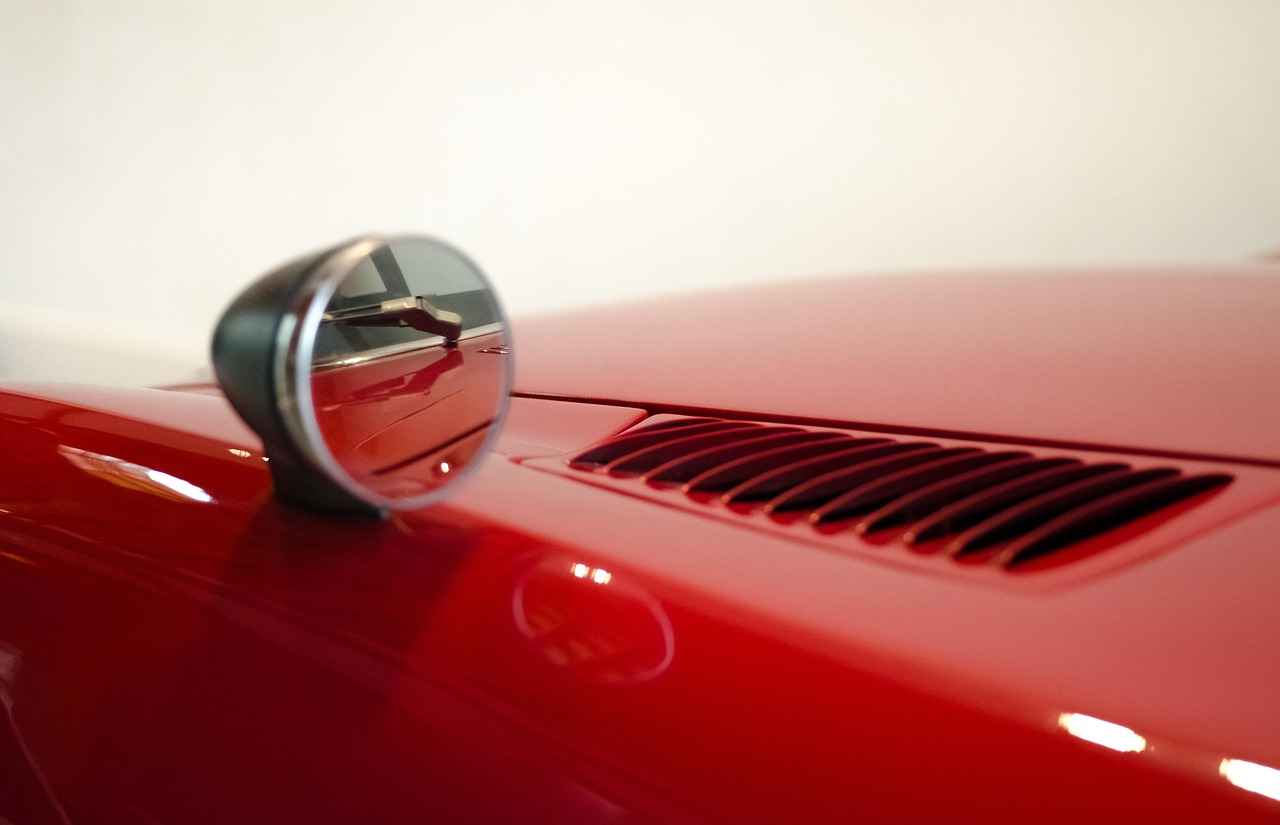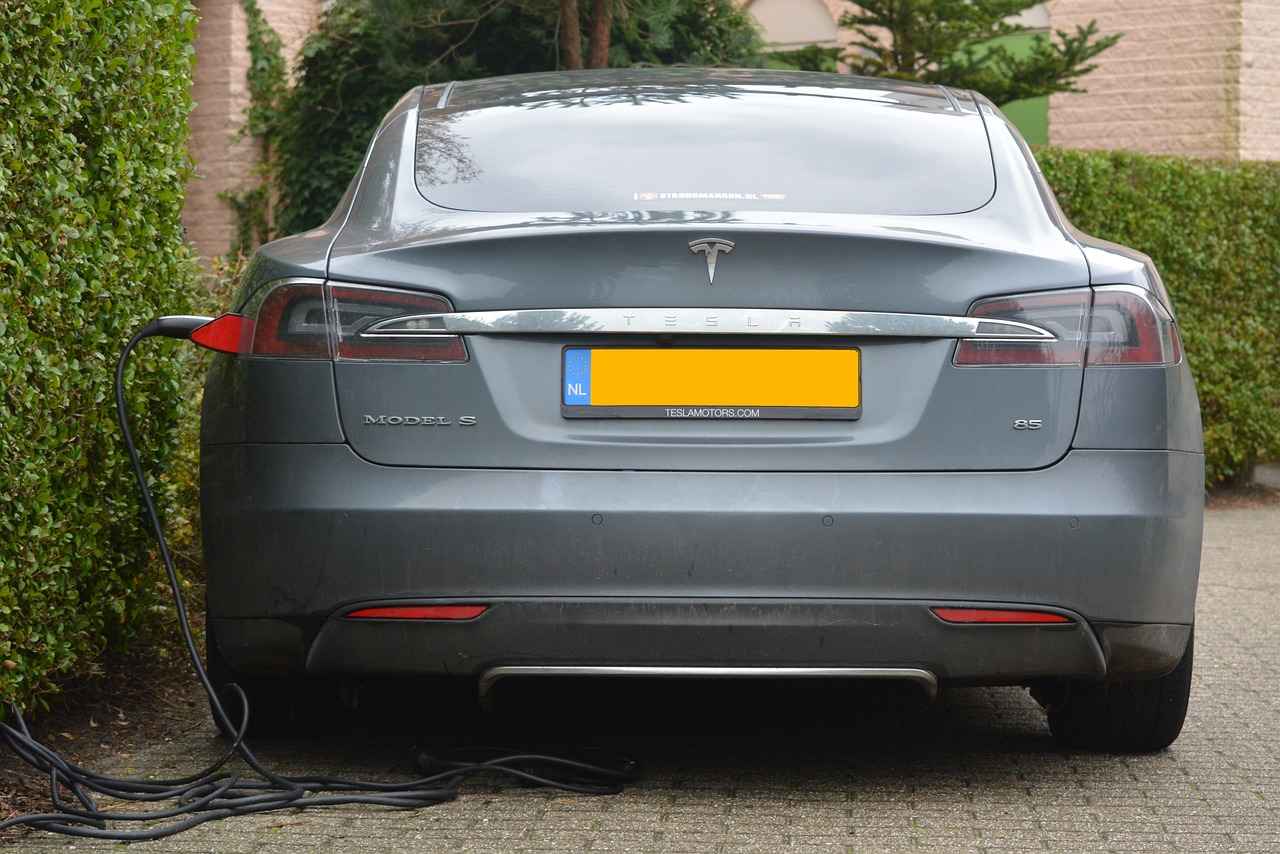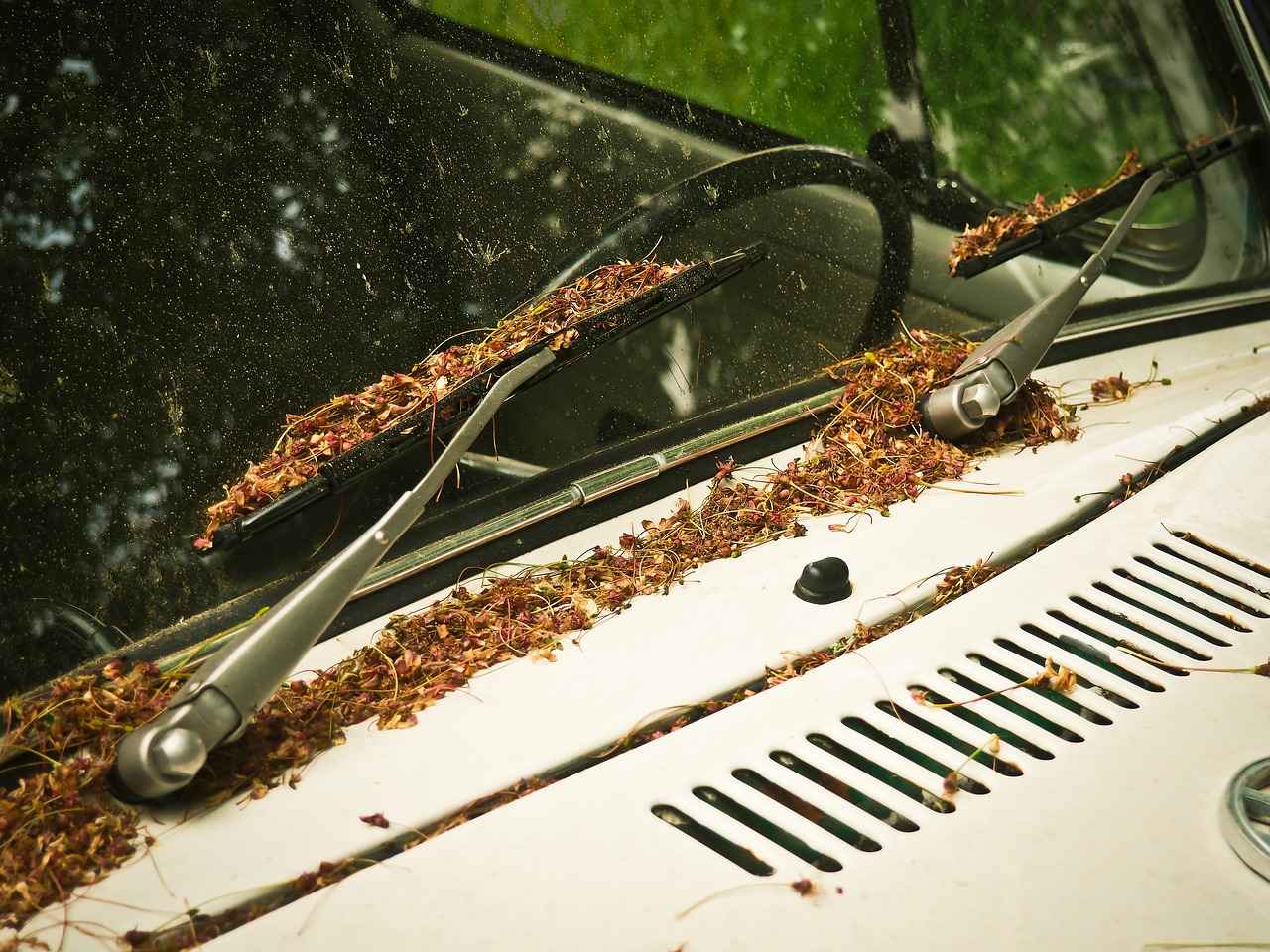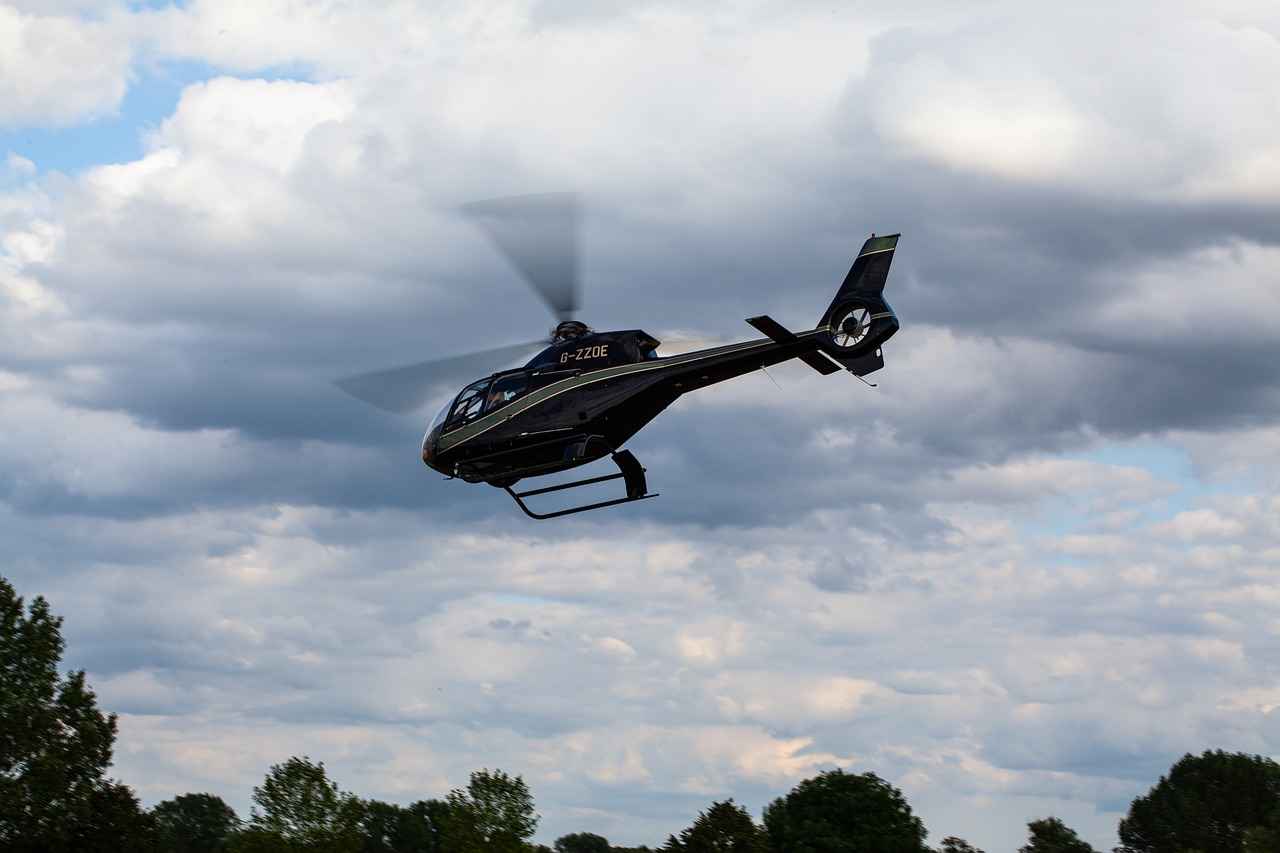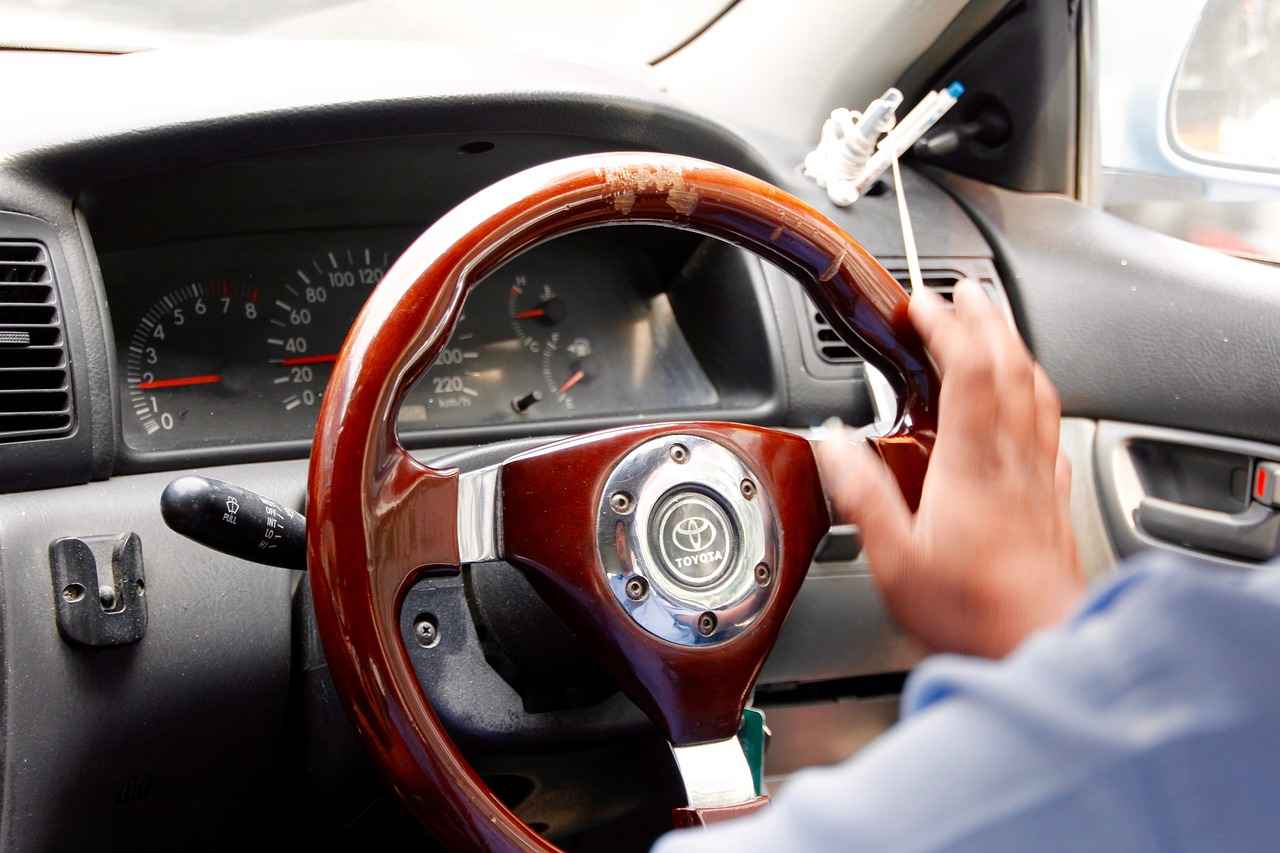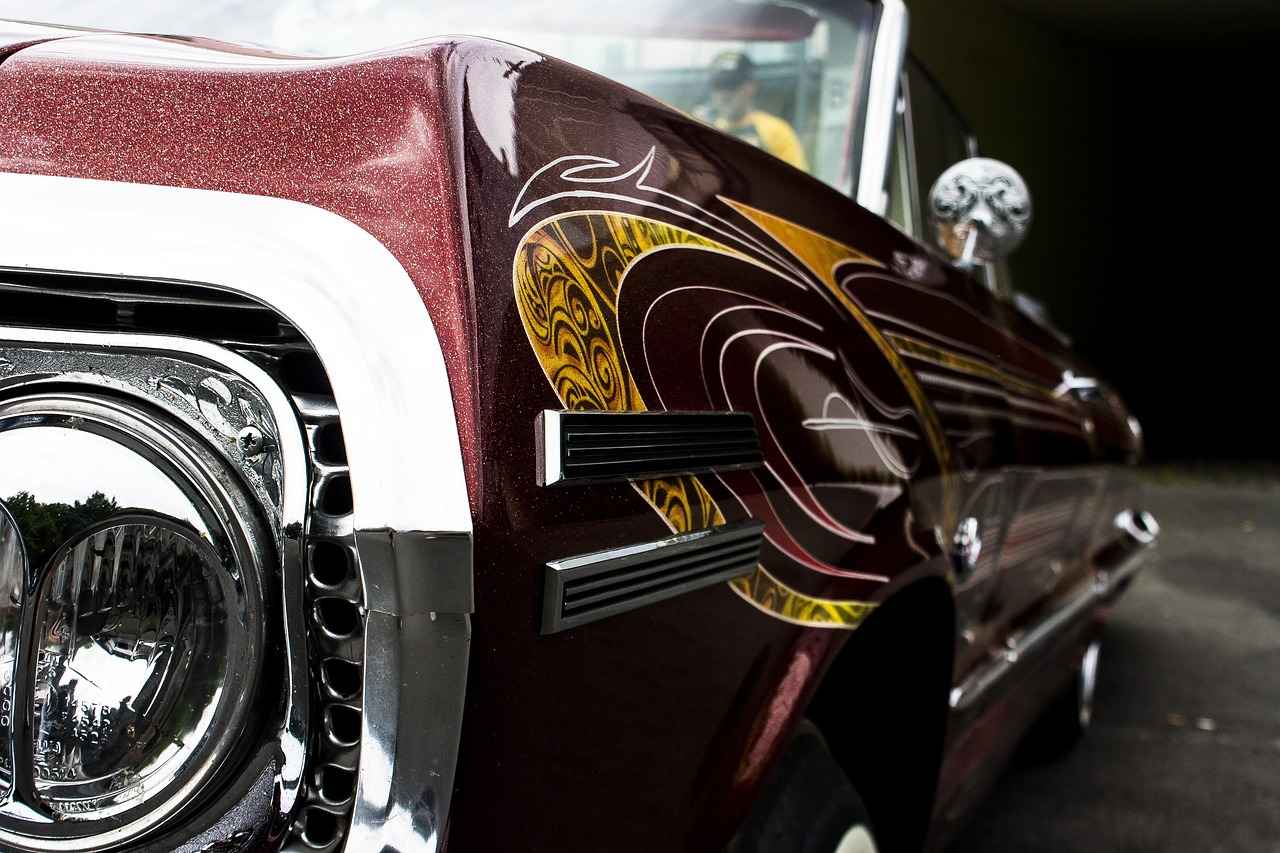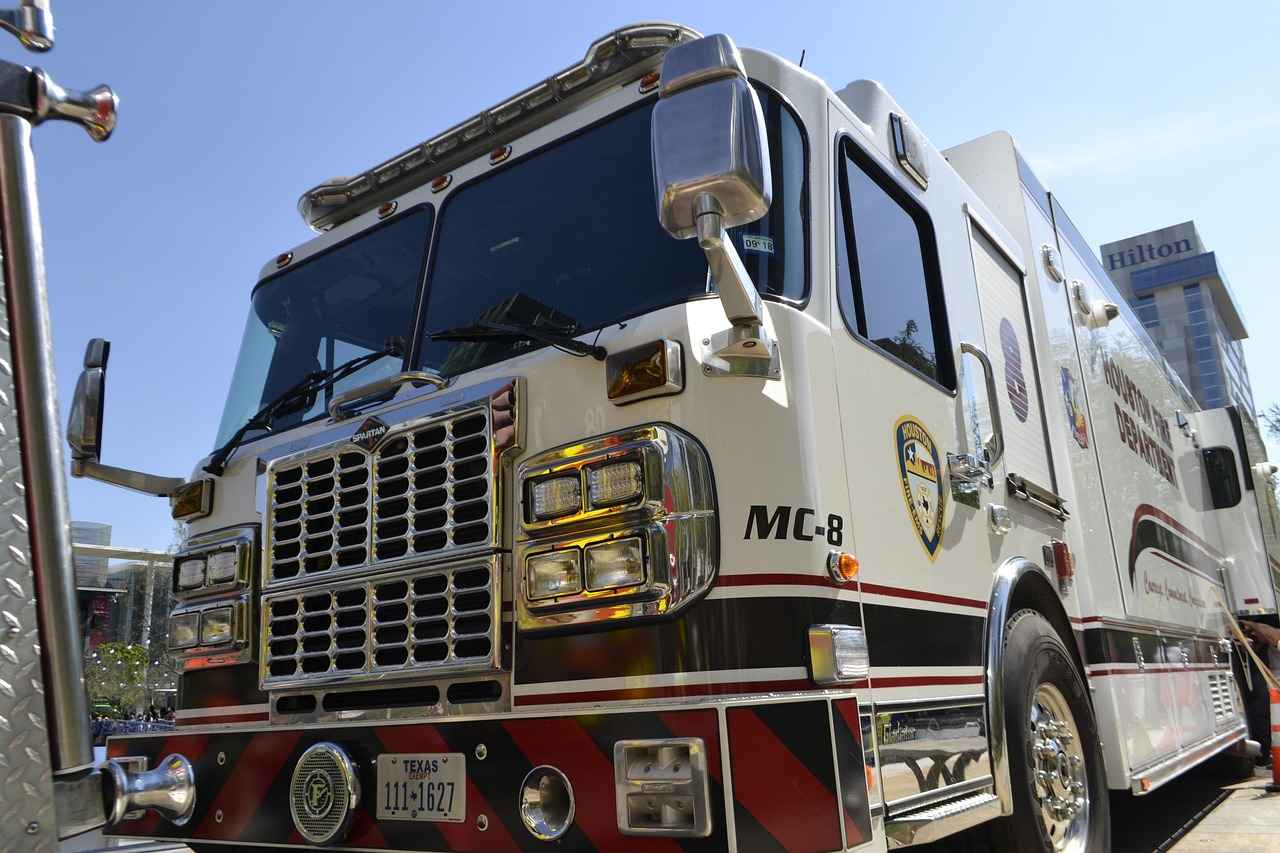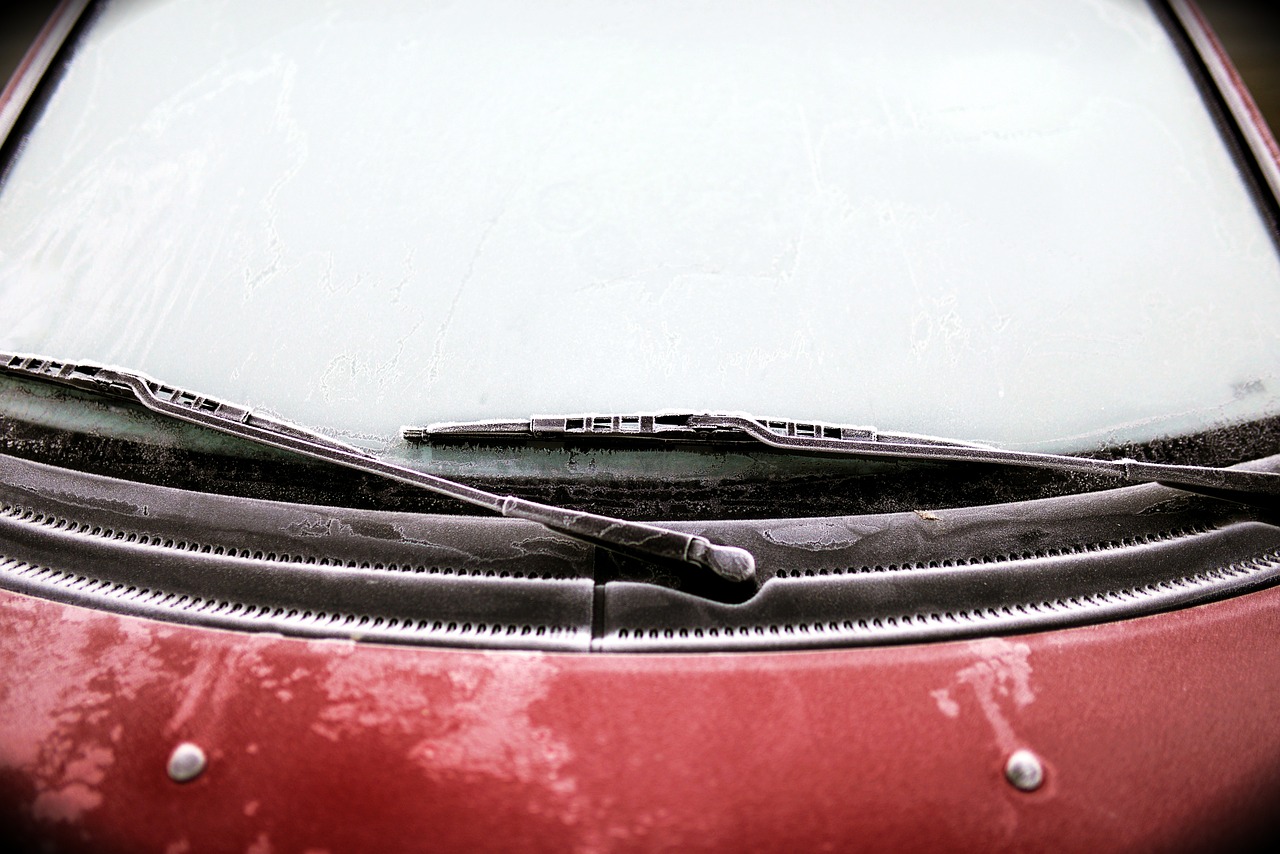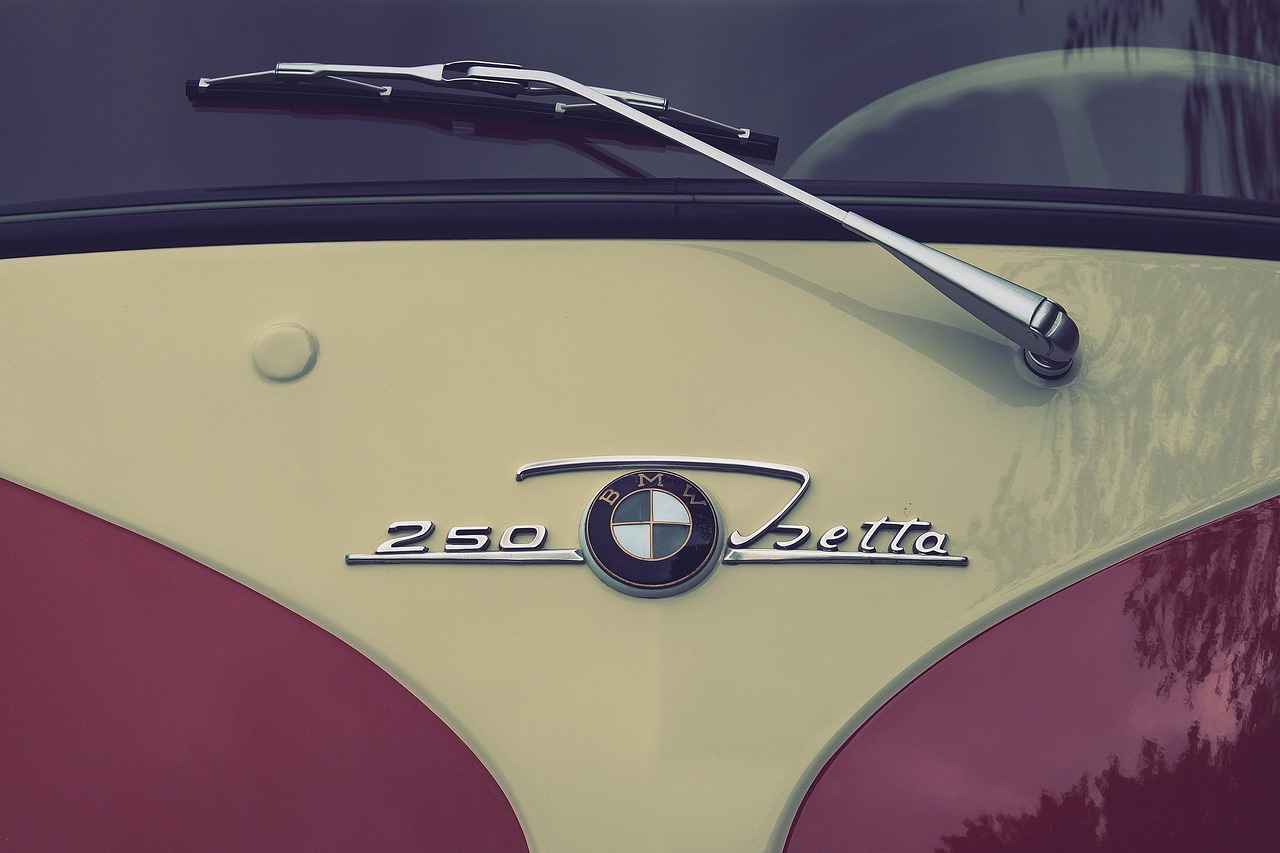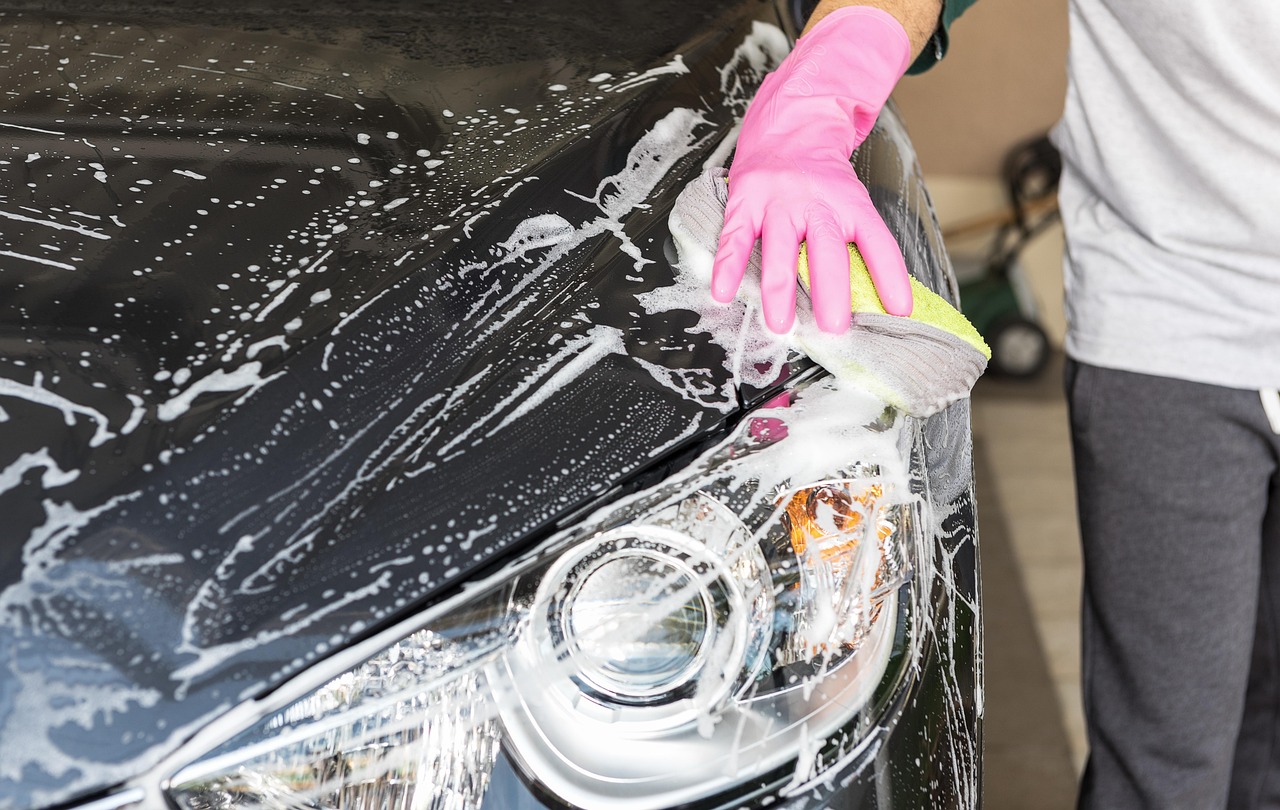This article serves as a comprehensive guide on the installation and maintenance of windshield wipers, ensuring optimal performance for safe driving in various weather conditions. Windshield wipers are essential for maintaining visibility during rain, snow, and other adverse weather, making their proper functioning crucial for your safety on the road.
Windshield wipers play a critical role in ensuring clear visibility while driving. In heavy rain or snow, effective wipers can mean the difference between a safe journey and a potential accident. Regular maintenance and timely replacement of wiper blades can significantly enhance your visibility, making it easier to react to unforeseen circumstances.
Installing windshield wipers may seem daunting, but it is a straightforward process if you follow the right steps. Here’s a detailed guide to help you:
- Flathead screwdriver
- Correct size of wiper blades for your vehicle
Before starting the installation, ensure you have the right tools and wiper blades. Refer to your vehicle’s owner’s manual for specifications.
Selecting the appropriate wiper blades is essential. You can find the correct size by checking your vehicle’s owner’s manual or consulting with an auto parts store. Quality matters—opt for reputable brands known for durability and performance.
Familiarize yourself with the different styles of wiper arms, such as hook, pin, and bayonet. Knowing your vehicle’s wiper arm type ensures a proper fit for your new blades, preventing installation errors.
To replace the wipers, you first need to remove the old ones. Lift the wiper arm away from the windshield and look for a release mechanism to detach the blade. Be cautious to avoid damaging the wiper arm during this process.
Once the old wipers are removed, attach the new blades by reversing the removal process. Ensure they snap securely into place. A loose blade can lead to ineffective performance and potential safety hazards.
Regular maintenance of your windshield wipers can enhance their lifespan and performance. Here are some essential tips:
Dirt and grime can accumulate on wiper blades, leading to streaking and reduced effectiveness. Clean them regularly using a soft cloth and a mild detergent. This simple maintenance task can significantly improve their performance.
Frequent inspections for wear and tear are vital. Check for cracks, tears, or stiffness in the rubber. If you notice any damage, replace the blades immediately to maintain optimal function and safety.
Consider replacing your wiper blades at least twice a year, ideally at the beginning of spring and fall. This practice ensures that your wipers are prepared for the respective weather conditions and reduces the likelihood of unexpected failures.
If you park your vehicle outside, consider using a windshield cover during harsh weather. This can protect your wipers from ice and snow buildup, prolonging their life.
By following these installation and maintenance tips, you can ensure that your windshield wipers remain in excellent condition, providing you with the visibility and safety you need while driving.

Why Are Windshield Wipers Important for Your Safety?
When it comes to driving, especially during adverse weather conditions, visibility is paramount. One of the most critical components of your vehicle that ensures clear visibility is the windshield wiper system. Understanding the importance of windshield wipers can significantly enhance your safety on the road, making it essential to maintain them properly.
Windshield wipers serve a vital function by clearing rain, snow, and debris from your windshield, which is crucial for maintaining a clear line of sight while driving. In adverse weather conditions, such as heavy rain or snowstorms, the effectiveness of your wipers can be the difference between a safe journey and a potentially dangerous situation.
Here are some reasons why windshield wipers are essential for your safety:
- Enhanced Visibility: Wipers help remove water and dirt, ensuring that you can see clearly ahead. Poor visibility can lead to accidents, especially in low-light conditions.
- Prevention of Accidents: By maintaining your windshield wipers, you reduce the risk of accidents caused by obstructed views. Worn-out wipers may leave streaks or fail to clear water effectively, leading to dangerous driving conditions.
- Increased Comfort: A clear windshield contributes to a more comfortable driving experience, allowing you to focus on the road rather than struggling to see.
- Prolonged Lifespan of Windshield: Regular use of effective wipers can help prevent damage to your windshield caused by debris or ice buildup, which can lead to costly repairs.
In addition to their primary function, windshield wipers play a role in your overall vehicle safety system. They work in conjunction with other safety features, such as headlights and defrosters, to ensure optimal driving conditions. Therefore, neglecting their maintenance can compromise your vehicle’s safety.
To ensure that your windshield wipers function effectively, regular maintenance is crucial. Here are some tips to help you maintain your wipers:
- Regular Cleaning: Clean the wiper blades with a soft cloth and mild detergent to remove dirt and grime. This helps maintain their effectiveness and prevents streaking.
- Frequent Inspections: Regularly check your wipers for signs of wear and tear, such as cracks or stiffness in the rubber. Replacing worn-out blades promptly can prevent visibility issues.
- Seasonal Checks: Before the rainy or snowy seasons, inspect your wipers to ensure they are in good working condition. This proactive approach can save you from unexpected failures.
- Use the Right Products: When replacing wiper blades, choose high-quality products that are compatible with your vehicle. Refer to your owner’s manual or consult with a professional if you are unsure.
By understanding the critical role windshield wipers play in visibility and safety, you can appreciate the importance of maintaining them properly. Don’t overlook this essential aspect of vehicle maintenance; your safety on the road depends on it.

How to Install Windshield Wipers Correctly?
Installing windshield wipers is a crucial task that many vehicle owners can manage on their own. It not only enhances your visibility but also ensures your safety while driving in adverse weather conditions. This guide will provide you with a comprehensive, step-by-step process to install your windshield wipers effectively.
Installing windshield wipers is a straightforward process, but it requires attention to detail to ensure they function effectively. Here’s a step-by-step guide to help you through the installation.
Before you begin, it’s essential to have the right tools on hand. You will typically need:
- Flathead screwdriver – for adjusting the wiper arm if needed.
- New wiper blades – ensure they are the correct size for your vehicle.
- Soft cloth – to clean the windshield and wiper arms.
Selecting the appropriate wiper blades is critical. You can find the right size by:
- Consulting your vehicle’s owner’s manual.
- Asking an auto parts store representative for assistance.
Tip: It’s advisable to replace wiper blades in pairs to maintain even performance.
Familiarize yourself with your vehicle’s wiper arm type, which can be:
- Hook type
- Pin type
- Bayonet type
Knowing this will ensure a proper fit for your new blades.
To install new wipers, you must first remove the old ones. Follow these steps:
1. Lift the wiper arm away from the windshield.2. Locate the release tab on the wiper blade.3. Press the tab and slide the blade off the arm.
After removing the old wipers, it’s time to attach the new blades:
1. Align the new blade with the wiper arm.2. Slide the blade onto the arm until you hear a click.3. Gently lower the wiper arm back onto the windshield.
Ensure they snap securely into place to avoid any operational issues.
Once installed, it’s essential to test the new wipers to confirm they are functioning correctly. Turn on your vehicle and activate the wipers to check for:
- Proper movement – They should move smoothly across the windshield.
- No skipping – Ensure they make full contact with the glass.
- Quiet operation – Listen for any unusual noises.
To ensure the longevity of your windshield wipers:
- Clean the blades regularly to remove dirt and debris.
- Inspect for damage such as cracks or tears.
- Replace wipers at least once a year or as needed.
By following these steps, you can ensure that your windshield wipers are installed correctly and maintained for optimal performance, enhancing your safety while driving.
Step 1: Gather the Necessary Tools
When it comes to replacing your windshield wipers, the first step is crucial for ensuring a smooth and hassle-free installation. Gathering the necessary tools not only simplifies the process but also helps you avoid unnecessary frustration. Here’s what you need to know.
Before you begin installing your new wipers, it is essential to have the right tools on hand. This preparation sets the stage for a successful installation. The following tools are typically required:
- Flathead Screwdriver: This tool is often used to release the old wiper blades from the wiper arms. It can also assist in adjusting the wiper arm if necessary.
- Socket Wrench: Depending on your vehicle, you may need a socket wrench to loosen any bolts holding the wiper arms in place.
- New Wiper Blades: Ensure you have the correct size and type of wiper blades for your specific vehicle model. Consult your owner’s manual or an auto parts store for accurate information.
- Cleaning Cloth: A soft cloth is handy for cleaning the windshield and wiper blades before installation, ensuring optimal performance.
Having these tools ready will not only make the installation process smoother but will also help you avoid any potential delays or complications.
Using the correct tools is essential for several reasons:
- Efficiency: The right tools allow you to complete the installation quickly and effectively, minimizing the time spent on the task.
- Safety: Improper tools can lead to accidents or damage to your vehicle. For instance, using a tool that is too large or too small can strip screws or damage components.
- Quality Installation: Ensuring that wiper blades are securely attached is vital for their functionality. Using the right tools helps achieve a proper fit.
Once you have gathered all necessary tools, you are well-prepared to proceed with the installation of your new windshield wipers. This preparation not only enhances your efficiency but also ensures that your wipers will perform optimally, providing clear visibility during adverse weather conditions.
In addition, understanding the importance of choosing the right wiper blades and familiarizing yourself with the types of wiper arms will further enhance your installation experience. This knowledge will empower you to make informed decisions, ensuring that your wipers function effectively for years to come.
Now that you have the tools and knowledge at your disposal, you are ready to tackle the next steps in the installation process. Remember, a little preparation goes a long way in ensuring your safety and the longevity of your windshield wipers.
Choosing the Right Wiper Blades
When it comes to ensuring clear visibility during inclement weather, for your vehicle is essential. Not only do wiper blades play a crucial role in maintaining safety on the road, but selecting the appropriate ones can also enhance the overall driving experience. Here, we delve deeper into what you need to know about choosing the right wiper blades for your vehicle.
To find the right wiper blades, it’s important to understand your vehicle’s specific requirements. Start by consulting your owner’s manual, which typically provides detailed information about the correct size and type of wiper blades suitable for your car. If you don’t have access to the manual, you can also visit an auto parts store where knowledgeable staff can assist you in finding the right blades.
The size of the wiper blades is crucial for effective performance. Using blades that are too long or too short can lead to inadequate coverage of your windshield, resulting in poor visibility. To measure correctly:
- Use a tape measure to determine the length of the existing blades.
- Consider the wiper arm type as different vehicles may require specific attachment styles.
Wiper blades come in various types, each designed for different weather conditions and vehicle models. Here are some common types:
- Conventional blades: These are the most common and are usually less expensive, but they may not perform as well in heavy rain or snow.
- Beam blades: These are designed for improved performance in adverse weather conditions, offering a sleek design that hugs the windshield better.
- Hybrid blades: Combining features of both conventional and beam blades, these provide excellent performance and durability.
Regular maintenance is key to ensuring your wiper blades function effectively. Here are signs that indicate it’s time for a replacement:
- Streaking: If your wipers leave streaks on the windshield, it may be time to replace them.
- Chattering: A chattering sound during use can indicate worn-out blades.
- Rubber wear: Check for cracks or tears in the rubber, which can compromise their effectiveness.
Absolutely! Installing wiper blades is a straightforward process that can be completed in just a few minutes. Here’s a quick guide:
1. Lift the wiper arm away from the windshield.2. Locate the release mechanism on the wiper blade.3. Remove the old blade by pressing the release tab.4. Attach the new blade by sliding it into place until you hear a click.5. Lower the wiper arm back onto the windshield.
By following these steps, you can save time and money by avoiding a trip to the mechanic. Remember, maintaining your wiper blades ensures they perform optimally, providing you with the safety and visibility you need on the road.
Understanding Wiper Arm Types
is crucial for ensuring that your windshield wipers function effectively and safely. Wiper arms are the components that hold the wiper blades in place and are designed to provide the necessary pressure against the windshield for optimal cleaning. There are several types of wiper arms, each with its unique mechanism and compatibility with specific wiper blades. Familiarizing yourself with these types can significantly enhance your wiper blade replacement experience.
Wiper arms generally come in three main types: hook, pin, and bayonet. Understanding the differences between these styles can help you choose the right replacement blades for your vehicle.
- Hook Wiper Arms: This is the most common type found in many vehicles. The hook design features a simple, curved shape that allows the wiper blade to slide into place and secure itself with a locking mechanism. To install or remove a hook wiper blade, simply lift the wiper arm and press the release tab to detach the blade.
- Pin Wiper Arms: Pin wiper arms are characterized by a small pin located at the end of the arm. This pin fits into a hole on the wiper blade, creating a secure connection. To replace a pin-style wiper blade, you need to align the pin with the blade’s hole, ensuring a snug fit. This type is often found in older vehicle models.
- Bayonet Wiper Arms: Bayonet wipers feature a unique design that allows for a more secure attachment. The blade has a bayonet-style fitting that locks into place with a twist. To install, align the blade with the arm and twist until you hear a click, indicating it is securely fastened. This type is commonly used in modern vehicles for its reliability.
When selecting new wiper blades, it is essential to first identify the type of wiper arm your vehicle has. This can typically be found in your vehicle’s owner’s manual or by consulting with an auto parts specialist. Using the wrong type of wiper blade can lead to poor performance, reduced visibility, and increased risk of accidents during adverse weather conditions.
In addition to understanding the types of wiper arms, it is also important to consider the length and style of the wiper blades. Wiper blades come in various lengths, and using the correct size ensures that the entire windshield is adequately covered. Furthermore, some blades are designed for specific weather conditions, such as winter or heavy rain, which can enhance their effectiveness.
Regular maintenance of your wiper arms and blades is equally important. Inspecting for signs of wear, such as cracks or stiffness in the rubber, can help you determine when it’s time for a replacement. Keeping your wiper arms clean and free from debris will also improve their performance and longevity.
In summary, understanding the different types of wiper arms—hook, pin, and bayonet—will help you make informed decisions when replacing your windshield wipers. Proper identification ensures that you choose the right blades for your vehicle, enhancing safety and visibility while driving in various weather conditions.
Step 2: Remove the Old Wipers
When it comes to ensuring clear visibility while driving, windshield wipers play a crucial role, especially during adverse weather conditions. Properly installing and maintaining these essential components can significantly enhance your driving safety. In this section, we will delve into the process of removing old wipers, which is a vital step before you can install new ones.
To successfully install new wipers, the first step involves removing the old ones. This process is typically straightforward but requires careful attention to prevent any damage to your vehicle’s wiper system. Follow these detailed steps:
- Lift the Wiper Arm: Begin by gently lifting the wiper arm away from the windshield. This action will create enough space to access the wiper blade attachment.
- Locate the Release Mechanism: Most wiper blades feature a release mechanism that may vary by model. Common types include a small tab or a lever that needs to be pressed or lifted.
- Detach the Wiper Blade: Once you have located the release mechanism, press or lift it to disengage the wiper blade from the arm. Carefully slide the blade off the arm, ensuring not to let the arm snap back against the windshield, as this can cause damage.
- Inspect the Wiper Arm: After removing the blade, take a moment to inspect the wiper arm for any signs of wear or damage. If the arm appears bent or corroded, consider replacing it to ensure optimal performance with the new wipers.
It is essential to handle the wiper arm and blade with care during this process. Sudden movements can lead to injury or damage to the windshield. If you encounter any resistance while removing the wiper blade, double-check the release mechanism to ensure it is fully disengaged.
Once the old wipers are removed, you will be ready to proceed with the installation of the new blades. This next step is equally important, as properly attaching the new wipers will ensure they function effectively and provide the necessary visibility during rain or snow.
In summary, removing old windshield wipers is a crucial step in the overall maintenance process. By following the outlined steps carefully, you can ensure a smooth transition to new wipers, ultimately enhancing your driving experience and safety. Remember, regular inspections and timely replacements of your wipers are essential for maintaining clear visibility on the road.
Step 3: Attach the New Wipers
When it comes to ensuring your vehicle’s safety, wiper blades are often overlooked yet play a vital role in maintaining visibility during adverse weather conditions. After successfully removing the old wipers, attaching the new blades is the next critical step in the process. This section will guide you through the attachment process to ensure that your new wipers function optimally.
Attaching new wipers may seem straightforward, but it’s essential to follow the correct procedure to avoid any issues. Here’s a detailed guide:
- Position the Wiper Arm: Start by lifting the wiper arm away from the windshield. This will give you better access to the wiper blade connection point.
- Align the New Blade: Take your new wiper blade and align it with the wiper arm. Ensure that the connection points match perfectly. Most modern wiper blades have a specific orientation that must be followed.
- Secure the Connection: Gently slide the new blade onto the wiper arm until you hear a click or feel it snap into place. This indicates that the blade is securely attached. Make sure it is firmly in place to prevent any operational issues while driving.
- Test the Movement: Before lowering the wiper arm back onto the windshield, manually move it up and down to ensure it operates smoothly. This step is crucial to confirm that the wiper blade is installed correctly.
- Repeat for the Other Side: If you are replacing multiple wipers, repeat the above steps for the other side, ensuring that both blades are securely attached.
It’s important to remember that improperly attached wiper blades can lead to poor visibility during rain or snow, compromising your safety. Therefore, always double-check that the blades are firmly in place.
While the process may seem simple, there are common mistakes to avoid:
- Forcing the Blade: Never force the wiper blade onto the arm. If it doesn’t fit easily, double-check the alignment and compatibility.
- Neglecting the Wiper Arm: Ensure that the wiper arm is not damaged or bent, as this could affect the performance of the new blades.
- Ignoring Manufacturer Guidelines: Always refer to the manufacturer’s instructions for both the wiper blades and your vehicle. Different vehicles may have different attachment mechanisms.
By following these guidelines, you can ensure that your new windshield wipers are installed correctly and will provide you with the visibility you need when driving in inclement weather.
Proper installation of your windshield wipers is just the beginning. Regular maintenance and inspections will ensure they remain in good working condition, enhancing your overall driving experience.

How to Maintain Your Windshield Wipers for Longevity?
Maintaining your windshield wipers is crucial for ensuring clear visibility during adverse weather conditions. Regular maintenance not only extends the lifespan of your wipers but also enhances their performance, allowing you to drive safely and confidently. Here are some essential tips to keep your windshield wipers in top condition:
- Clean the Wiper Blades Regularly: Dirt, debris, and grime can accumulate on the wiper blades, leading to streaks and reduced effectiveness. To keep them functioning optimally, clean your wiper blades regularly with a soft cloth and a mixture of water and mild detergent. This simple task can significantly enhance their performance.
- Inspect Wiper Blades for Damage: Regular inspections are key to preventing unexpected failures. Check your wiper blades frequently for signs of wear and tear, such as cracks, tears, or stiffness in the rubber. If you notice any damage, it’s time to replace them to maintain optimal function.
- Check the Wiper Fluid: Ensure that your windshield washer fluid reservoir is always filled with the appropriate fluid. Using a quality washer fluid can help keep the windshield clean and prevent the blades from becoming damaged due to dirt and grime buildup.
- Use the Right Wiper Blades: Selecting the appropriate wiper blades for your vehicle is essential. Consult your owner’s manual or an auto parts store to ensure you are using the correct size and type of blades. Using incompatible blades can lead to poor performance and premature wear.
- Avoid Using Wipers on a Dry Windshield: Using your wipers on a dry windshield can cause unnecessary friction, leading to wear and tear. Always ensure that there is enough moisture on the glass before activating the wipers to prolong their lifespan.
- Store Your Vehicle Properly: If you park your vehicle outdoors, consider using a car cover to protect it from harsh weather conditions. Extreme temperatures can affect the rubber of the wiper blades, causing them to crack or degrade quicker than they would if stored in a more controlled environment.
- Replace Wiper Blades Periodically: Even with regular maintenance, wiper blades have a limited lifespan. It’s recommended to replace them every six to twelve months, depending on usage and environmental conditions. Keeping a schedule for replacement can help ensure you always have effective wipers.
By following these maintenance tips, you can ensure that your windshield wipers remain effective and durable, providing you with a clear view of the road ahead. Remember, your safety on the road is paramount, and well-maintained wipers play a crucial role in achieving that.
Tip 1: Clean the Wiper Blades Regularly
Windshield wipers are essential for maintaining clear visibility during rain, snow, and other adverse weather conditions. However, dirt and grime can accumulate on the blades, leading to streaking and a significant reduction in their effectiveness. Regular cleaning of your wiper blades is crucial to ensure they perform at their best. Here’s how to do it effectively:
- Gather Your Supplies: You will need a soft cloth or sponge, a mild detergent, and water. Avoid using harsh chemicals, as they can damage the rubber on the blades.
- Lift the Wiper Arms: Carefully lift the wiper arms away from the windshield. This will allow you to access the blades easily without risking damage to the glass.
- Wipe the Blades: Dampen the cloth or sponge with the soapy water and gently wipe along the length of the wiper blade. Pay special attention to the edges where dirt tends to accumulate.
- Rinse and Dry: After cleaning, rinse the blades with clean water to remove any soap residue. Then, dry them with a clean, dry cloth to prevent any streaks.
By following these steps, you can enhance the performance of your wiper blades and ensure a clearer view during inclement weather. Regular cleaning not only improves visibility but also prolongs the life of the wiper blades.
Why Is Cleaning Important?
Cleaning your wiper blades regularly can prevent streaks on your windshield, which can impair your visibility while driving. Furthermore, accumulated dirt can lead to premature wear of the rubber, causing it to crack and deteriorate faster. By maintaining clean wiper blades, you ensure that they can effectively clear away rain, snow, and debris, making your driving experience safer.
How Often Should You Clean Your Wiper Blades?
It is advisable to clean your wiper blades at least once a month, or more frequently if you live in an area with a lot of dust, pollen, or other environmental factors that can cause buildup. Additionally, check the blades after heavy storms or when you notice a decrease in performance.
Signs That Your Wiper Blades Need Cleaning:
- Streaks or smears on the windshield when in use.
- Unusual noises, such as squeaking, when the wipers are operating.
- Visible dirt or grime on the rubber blades.
Incorporating this simple maintenance task into your routine can enhance the effectiveness of your windshield wipers, ensuring that you remain safe on the road. Remember, clean wiper blades are a small investment in your overall driving safety.
Tip 2: Inspect Wiper Blades for Damage
Maintaining your windshield wipers is crucial for ensuring safe driving, especially during adverse weather conditions. One of the most important maintenance tasks is to inspect wiper blades for damage. This process can significantly enhance their performance and longevity.
Windshield wipers play a vital role in maintaining visibility during rain, snow, or sleet. If your wipers are damaged, they can leave streaks on your windshield, impairing your vision and increasing the risk of accidents. Regular inspections help identify potential issues before they escalate into major problems.
- Cracks and Tears: Examine the rubber blades closely for any visible cracks or tears. Even small damages can reduce the effectiveness of the wipers.
- Stiffness: Over time, the rubber can become hard and lose flexibility. If you notice that the blade feels stiff or does not conform to the windshield, it’s time for a replacement.
- Uneven Wear: Check for uneven wear patterns on the blades. If one side is more worn than the other, it may not make proper contact with the glass.
- Noise During Operation: Listen for any unusual noises when the wipers are in use. Squeaking or chattering sounds may indicate that the blades are not functioning properly.
It is recommended to inspect your wiper blades at least once every month, or more frequently if you live in an area with extreme weather conditions. Additionally, perform inspections before long road trips or seasonal changes to ensure optimal performance.
If your inspection reveals any signs of damage, it’s essential to replace your wiper blades promptly. Most wiper blades are easy to replace, and doing so can enhance your safety on the road. Here’s a simple process to follow:
1. Lift the wiper arm away from the windshield.2. Locate the release mechanism on the wiper blade.3. Slide the blade off the arm and discard it.4. Attach the new blade by reversing the removal process.5. Ensure the new blade is securely fastened before lowering the wiper arm back onto the windshield.
In addition to regular inspections, consider the following maintenance tips to prolong the life of your wiper blades:
- Clean the Blades: Regularly wipe the rubber edges with a damp cloth to remove dirt and debris.
- Use the Right Windshield Washer Fluid: Ensure you use a quality washer fluid that helps keep the windshield clean without damaging the rubber.
- Park in a Garage: If possible, park your vehicle in a garage to protect the wipers from harsh weather conditions.
By following these maintenance tips and conducting regular inspections, you can ensure that your windshield wipers remain in optimal condition. This proactive approach not only enhances your visibility but also contributes to your overall safety on the road.
Frequently Asked Questions
- How often should I replace my windshield wipers?
It’s generally recommended to replace your windshield wipers every 6 to 12 months. However, if you notice streaking or skipping while wiping, it might be time for a replacement sooner!
- Can I install windshield wipers myself?
Absolutely! Installing windshield wipers is a straightforward process that you can do at home. Just follow the steps outlined in our guide, and you’ll have new wipers in no time!
- What should I do if my wipers are making noise?
If your wipers are squeaking or chattering, it could be due to dirt on the blades or worn-out rubber. Try cleaning them first; if the noise persists, it might be time to replace them.
- How do I know which wiper blades to buy?
Check your vehicle’s owner manual or ask at an auto parts store. They can help you find the right size and type of wiper blades for your specific vehicle model.
- Is it necessary to maintain my windshield wipers?
Yes! Regular maintenance, like cleaning and inspecting for damage, can significantly extend the lifespan of your wipers and ensure they work effectively when you need them most.



